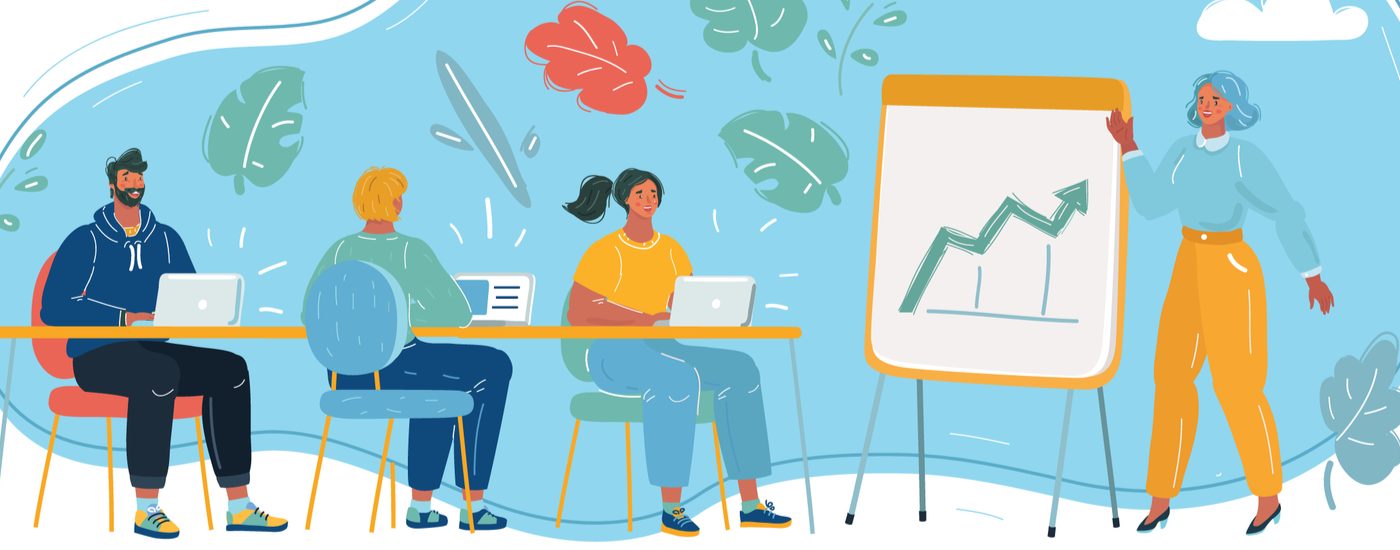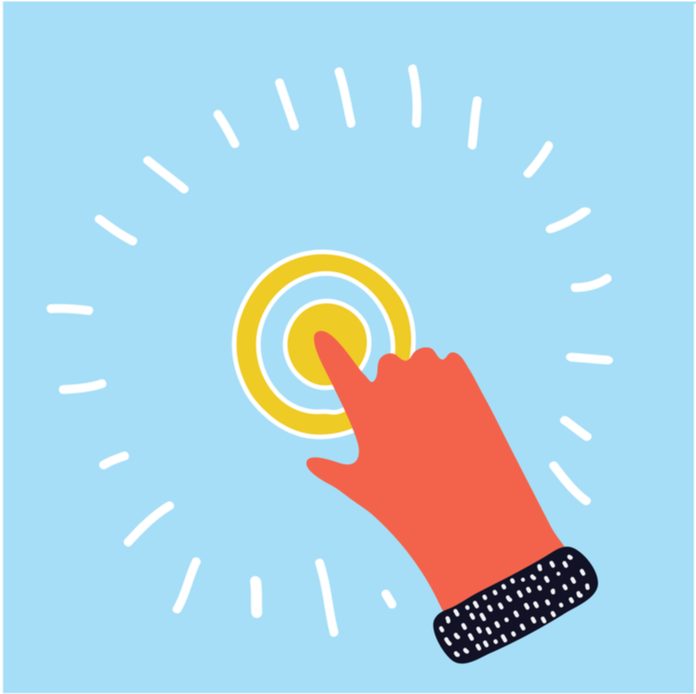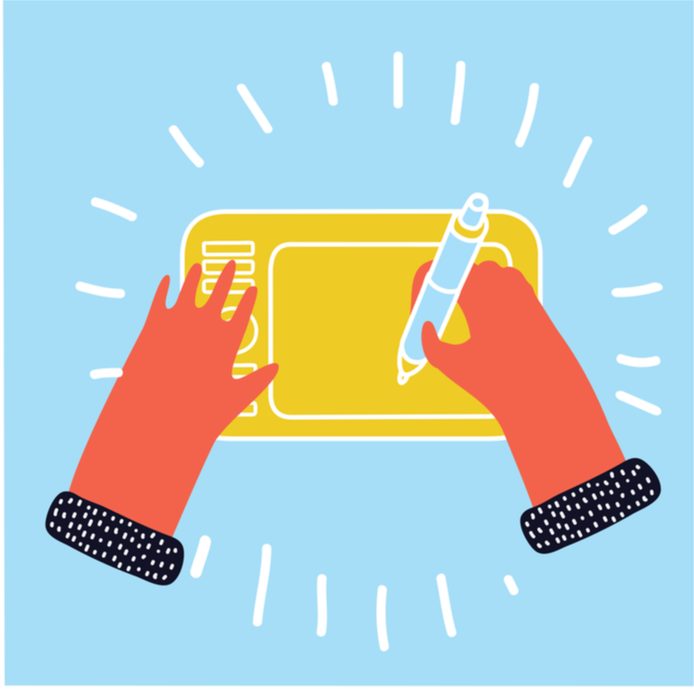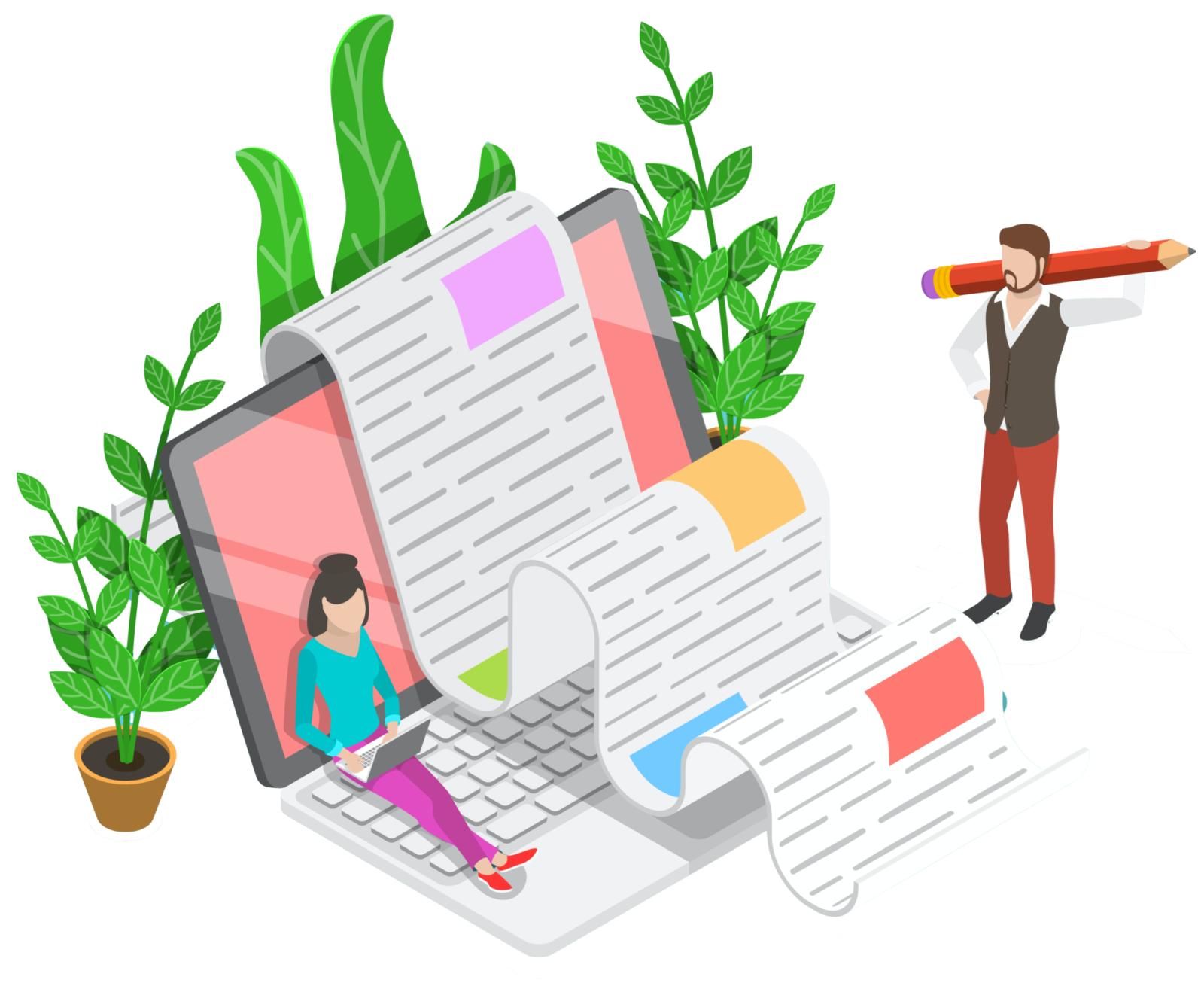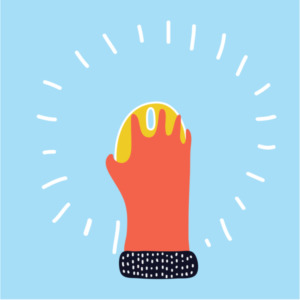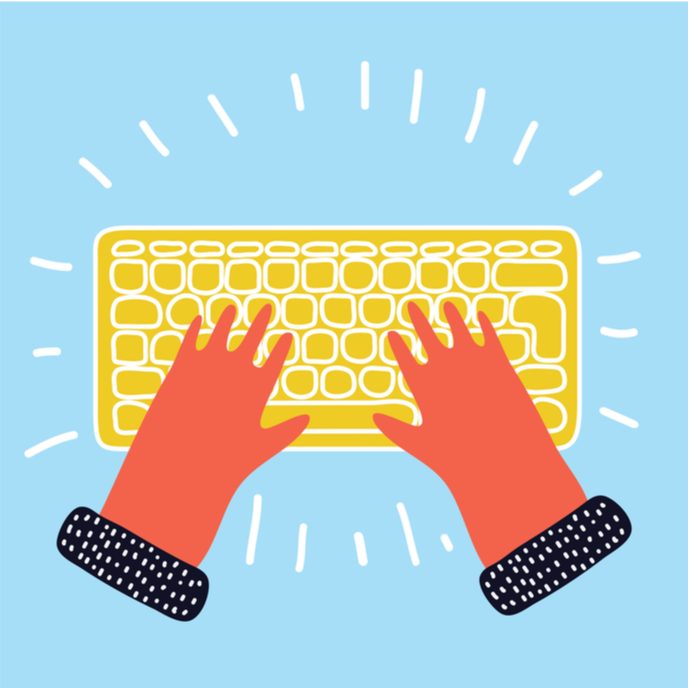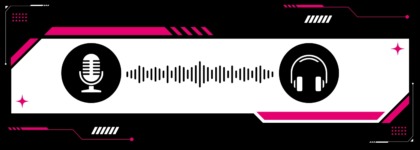Shifting Faculty Perspectives to Embrace Accessibility
In the webinar, Motivating Faculty to Embrace Accessibility, Jennifer Pedersen, Ph.D., shares the University of Alaska Anchorage’s accessibility journey and gives insight into faculty perspectives on accessibility, what worked well, and what areas were challenging. She identifies ways to build accessibility into a university curriculum, how to help faculty select or create accessible materials, and how to design accessible activities.
Embracing Accessibility – Where to Start
Often, faculty are driven by a compliance-based mentality, meaning that they provide accommodations for those who request them. This is a common approach to access in higher education, but it isn’t the best solution. Making the switch from an accommodation mindset to an accessibility mindest is a crucial hurdle to overcome.
To start changing this mindset, Pedersen references the A3 model by Schwanke, Smith, and Edyburn, which illustrates the dynamic nature of advocacy, accommodations, and accessibility. This model emphasizes approaching universal design in three phases: raising awareness in the form of advocacy, applying course modifications through accommodations, and achieving equitable access through excellent course accessibility.
The goal is to change the faculty’s perspective from compliance-based stemming from the Office of Civil Rights (OCR) complaints to and attitude that reflects understanding the importance of accessibility. Once faculty is accessibility-driven, compliance will become a byproduct.
Accessibility vs. Accommodation
The difference between accommodation and accessibility is crucial for faculty to understand. A student with a disability is typically responsible for requesting accommodations, such as closed captions for videos or screen-reader friendly documents. Often, with the accommodation over accessibility mindset, the burden for the solution falls on the student. Accessibility eliminates barriers so that students can be successful without having to jump through hoops.
Pedersen frames it this way: Even if an instructor doesn’t have a student who needs an accommodation one semester, who’s to say there won’t be a student who needs it next semester? Accommodation is a temporary fix; accessibility takes the present and the future into account.
Rather than being reactive with accommodation requests, the goal of accessibility is to be proactive.
Overcoming Barriers
Some of the main barrier concerns that faculty may express in regards to creating accessible course materials are:
- Lack of skills
- Time constraints
- Tool constraints
- Financial constraints
- Fear of boring content
By thoughtfully approaching the hesitations expressed by faculty, one can show them that accessibility is something to embrace rather than to fear.
“I don’t know how to make my course accessible.”
Confidence is key. Providing tools and resources for faculty helps them feel empowered to make their materials accessible.
You don’t need to become an accessibility expert.
Watch the Webinar
Learn where to start with accessibility, common barriers to faculty’s buy-in for accessible course materials, how to motivate faculty to be accessible, and first-hand faculty perspectives on accessibility
Watch nowIt’s difficult for faculty to know whether they are doing things right if there are inconsistencies in requirements, resources, and information provided by the institution. Creating master accessibility guidelines and appointing key contacts helps to eliminate confusion about expectations.
Reassure faculty that they don’t need to become accessibility experts. It’s about doing what they can with the knowledge and tools provided, and it’s about a shift to the mentality that accessibility matters for student success.
“I don’t have time to make my course accessible.”
Encourage faculty to start small and remind them that it’s okay not to achieve perfection. Accessibility is a constant work-in-progress. Encourage them to work every semester toward more accessible materials. Pedersen says that her mantra across the board is “better, not perfect.”
When starting, faculty should prioritize the first two weeks of content to give themselves a little bit of a head start.
Don’t introduce new materials unless they’re accessible.
The key is not to make the mountain bigger. Ask faculty to commit not to introduce any new materials into their courses unless it’s accessible. Over time, their accessible content will build, and they will see their course become more accessible in a more time-manageable way.
“I don’t have the tools I need to make my course accessible.”
Help faculty by getting the tools into their hands and offer them opportunities to attend accessibility workshops that teach them how to use those tools. Overcoming this barrier involves empowering faculty by giving them tools for success.
- Conduct accessibility workshops
- Send daily communications with tutorials and tool updates or features
- Individual consultations
- For STEM content, provide tools like Texthelp and EquatIO
“I don’t have the money to make my course accessible.”
Financial barriers can be challenging to work around. However, there are some things you can do to alleviate this barrier.
Look at some of the bigger ticket accessibility features, such as closed captioning for videos. If it’s within your university’s budget, or if you can access a grant, consider purchasing a large number of captioning minutes for faculty to access as needed or on a case-by-case basis.
“Making my class accessible strips it out of anything innovative and cool, and it’s making it boring.”
Sometimes faculty are reluctant to change their course materials because they have been using them for a long time, or they feel that accessibility prevents them from providing fun and engaging materials. This is not true.
Accessibility doesn’t inhibit creativity; it inspires it.
Accessibility doesn’t inhibit creativity; it inspires it. Remind faculty that incorporating accessible materials is an opportunity to refresh their course. Instructors can still incorporate videos, interactive elements, colorful documents, and more into their courses. Students with and without disabilities welcome this kind of content. Accessibility requires that instructors include closed captions, alt text, keyboard accessibility, and other accessible features, all of which do not stunt creativity.
Perspectives Do Change
Amidst her efforts to encourage faculty to embrace accessibility, Pedersen has found accessibility champions eager to make their content accessible and to improve their students learning experience.
Faculty champions are the driving force, according to Pedersen. She says, “They have gone above and beyond anything that we’ve asked them to do. Having those faculty champions, I think, really sets the stage for getting more people involved.”
For those in the process of making their institution more accessible, don’t be discouraged. Perspectives change, and faculty begin to see first-hand the impact that accessibility can have.
As one faculty member puts,
Watch the full webinar below or head over to Motivating Faculty to Embrace Accessibility.
Further Reading

Subscribe to the Blog Digest
Sign up to receive our blog digest and other information on this topic. You can unsubscribe anytime.
By subscribing you agree to our privacy policy.


